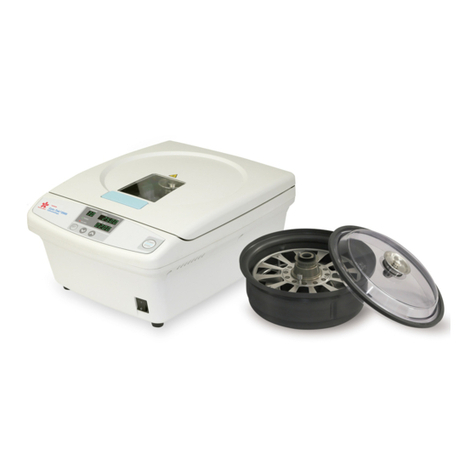
AI0-IF-025-00
5/9
This equipment is designed for use in a PROFESSIONAL
HEALTHCARE FACILITY ENVIRONMENT. It is likely to perform
incorrectly if used in a HOME HEALTHCARE ENVIRONMENT. If it is
suspected that performance is affected by electromagnetic interference,
correct operation may be restored by increasing the distance between
the equipment and the source of the interference.
Electromagnetic environment should be evaluated prior to the operation
of the device.
Do not use this device in proximity to sources of strong electromagnetic
radiation (e.g. unshielded intentional RF sources), as these can
interfere with proper operation.
- Add descriptions about power cords.
Be sure to use the supplied power cord. Failure to use the supplied
power cord may cause electric shock or malfunction. Particularly, using
a power cord with low capacity may cause fire or electric shock.
- Change in cautions when opening/closing the cover.
When opening/closing a cover or a door, be careful not to pinch your
body (a hand, etc.) between the fixed and moving parts of a cover or
between a cover and a door, etc. Your hand may be pinched and injured.
P. B.2
Cautions
- Add "Check that the facility has a ventilation system, a local
exhaust system, or an exhaust port to the outdoors."
The amount of volatile gas emitted from the instrument changes
depending on the solutions used and the ambient temperature. The
following shows the emissions per unit time as a reference. Based on
this value and the volume, check that the ventilation rate is such that it
meets the required value for the operating environment concentration at
the installation site. If there is no ventilation system, use a φ38 mm or
φ75 mm exhaust hose to discharge the gas outdoors.
Maximum gas emissions per unit time (reference)
Xylene: 2.0×10-3 (m3/h)
- Add disposal methods of consumables.
Dispose of the activated carbon filters and the supplied consumables
in accordance with national or local regulations. If you have any
questions, please contact our support line or your distributor.




























